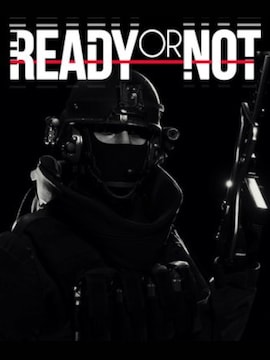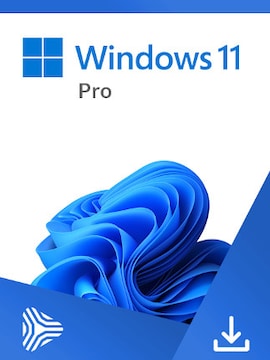MindsEye is a brand-new sci-fi action game developed by Leslie Benzies, one of the creative minds behind the legendary GTA series.
With such a name attached to the project – and some pretty impressive trailers showcasing combat mechanics and visuals – hype around the title was high.
Players were expecting a sort of “GTA meets Cyberpunk or Deus Ex” hybrid, where great graphics, action, and a sci-fi setting blend into one immersive experience. So… how did it actually turn out?
What is MindsEye?
MindsEye falls into the “AAA indie” category – developed on a decent budget (which shows in the visuals and marketing), but created by a small independent studio: Build A Rocket Boy. This is their first-ever title.
It’s a third-person action game set in a sci-fi world. Gameplay revolves around high-octane missions, intense shootouts, and vehicle chases. But it’s not all just run-and-gun – there’s also a tactical layer.
The titular “MindsEye” is an implant in the protagonist’s eye, linked to a combat drone that follows him around. This gives us two perspectives of the battlefield, lets us mark enemies, and enables surprise attacks from unexpected angles.
Story-wise, we’re taken to Redrock, a desert city in the near future – a future shaped by AI, tech, and megacorporations. You play as Jacob Diaz, a former soldier with amnesia who somehow ended up with the MindsEye implant. Haunted by fragmented memories of old missions and strange side effects from the implant, Jacob sets out to uncover the truth behind MindsEye and face off against rogue tech forces.
First Impressions – MindsEye review
While there weren’t any catastrophic game launch problems including server issues or failures, players quickly started pointing out defects. Unfortunately, the game felt unfinished.
Bugs, crashes, and awkward character animations (some pretty nightmare-inducing face bugs included) showed up fast. The game also suffered from janky physics and poor performance – capped at 30 FPS, which caused noticeable stuttering.
The general sentiment? Disappointment. Expectations versus reality were… pretty far apart. Instead of a polished AAA experience, players got a rough-around-the-edges game with mediocre mechanics and a sea of technical issues – as if the devs hadn’t properly tested the game before release. Some even compared it to the messy launch of Cyberpunk 2077.
There was also some early access critique – players who pre-ordered the game didn’t always receive their copies on time, which only added fuel to the fire.
A few days after release, MindsEye holds a pretty sad 2.5-star average on Steam, is flooded with mixed and negative reviews, and has already racked up a hefty number of refunds – not surprising, given its premium price tag.
MindsEye – A Disappointing Debut or a Diamond in the Rough?
Is MindsEye the “flop of the year”? A game that tripped over itself before it even had a chance to shine? Maybe – but maybe not.
The way games are developed (and salvaged) today is very different from how it used to be. Developers can release patches, updates, and fixes continuously. Just look at the earlier-mentioned Cyberpunk 2077. It also had a disastrous launch and got absolutely slammed in reviews. But years later, it’s now considered a much-improved game and has earned a strong reputation and great reviews.
So there’s still hope for MindsEye. If the devs commit to fixing the issues and polishing the experience, the game’s potential won’t go to waste – and make no mistake, there is potential here.
Still… dear devs: why the rush?







